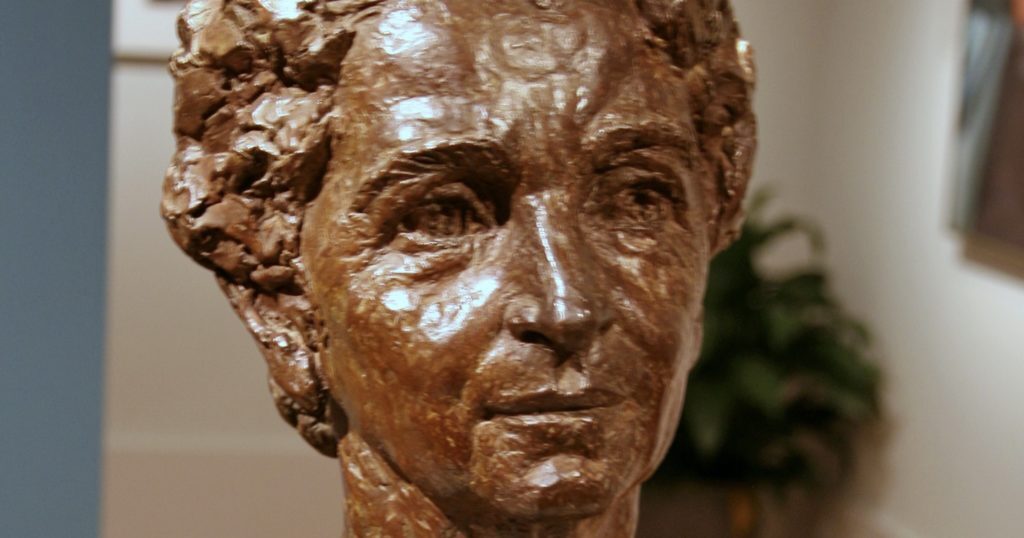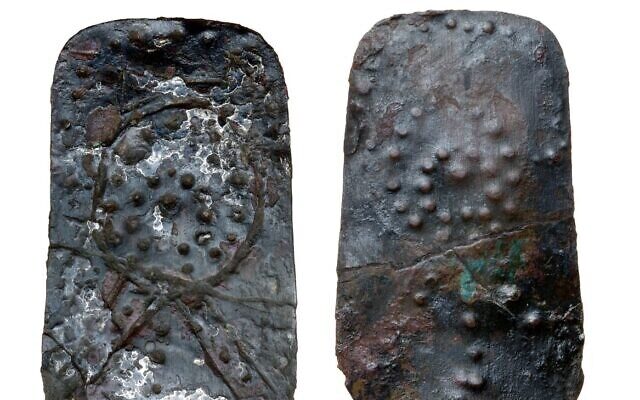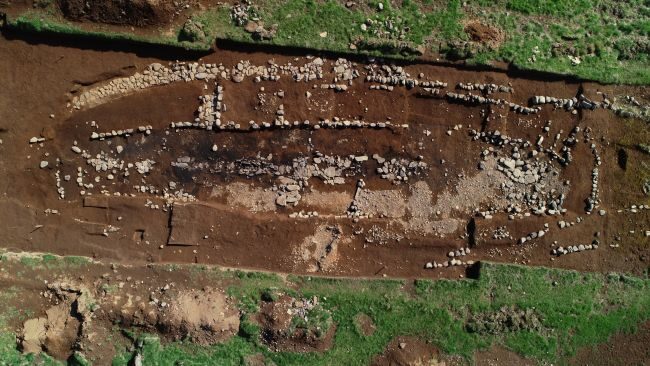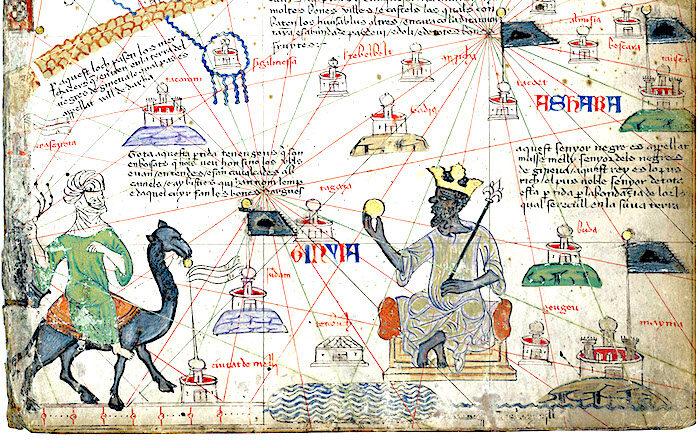
© Cliff, via FlickrBust of Margaret Sanger, National Portrait Gallery.
Historical statues are a dispersed temple to memory, in need of vigilant guarding. My own memory, like yours, includes things I'm proud of things and things I'm not proud of. We would hate to lose any of it, the good or the bad, which is why sensitive people loathe the current wave of unchecked vandalism.
I asked earlier today if statues of Charles Darwin will come down at the hands of the marauders,
given the vital work his writing has done in justifying scientific racism, eugenics, and genocide. (For more on that, see the documentary
Human Zoos, below.) But what about another key and linked figure in history?
Planned Parenthood founder Margaret Sanger advocated racist eugenic measures and did not shy from addressing a KKK rally. Yet she's honored by a bust in the National Portrait Gallery's
civil rights exhibit, of all places.
Voices of ProtestAfrican American pastors have requested, in an entirely civil plea, that the statue be removed, only to be rebuffed by the Smithsonian. Another statue of Sanger adorns Boston's Old South Meeting House, among other tributes to America's "Voices of Protest."
"Yes, she could certainly be called a Voice of Protest," Discovery Institute Fellow
J. Budziszewski has written. "She strongly protested the great many people of the planet whom she considered unfit.
She was a racist, a vociferous opponent of charity, and an advocate of controlled human breeding."
Sanger, in her book
Woman and the New Race,
protested the rising tide of immigrants and people of color in U.S. cities. She worried, "Of the fifty principal cities of the United States there are only fourteen in which fifty percent of the population is of unmixed native white parentage."
She would not have liked the look of New York City today, where there is a
Margaret Sanger Square not far from Washington Square Park, a site of recent Black Lives Matter protests.




Comment: See also:
- Aguada Fenix: Major discovery of oldest and largest ceremonial structure in Mexico
- Ancient Maya practiced 'total war' well before climate stress
- A warning from ancient tree rings: The Americas are prone to catastrophic, simultaneous droughts
And check out SOTT radio's: MindMatters: America Before: Comets, Catastrophes, Mounds and Mythology